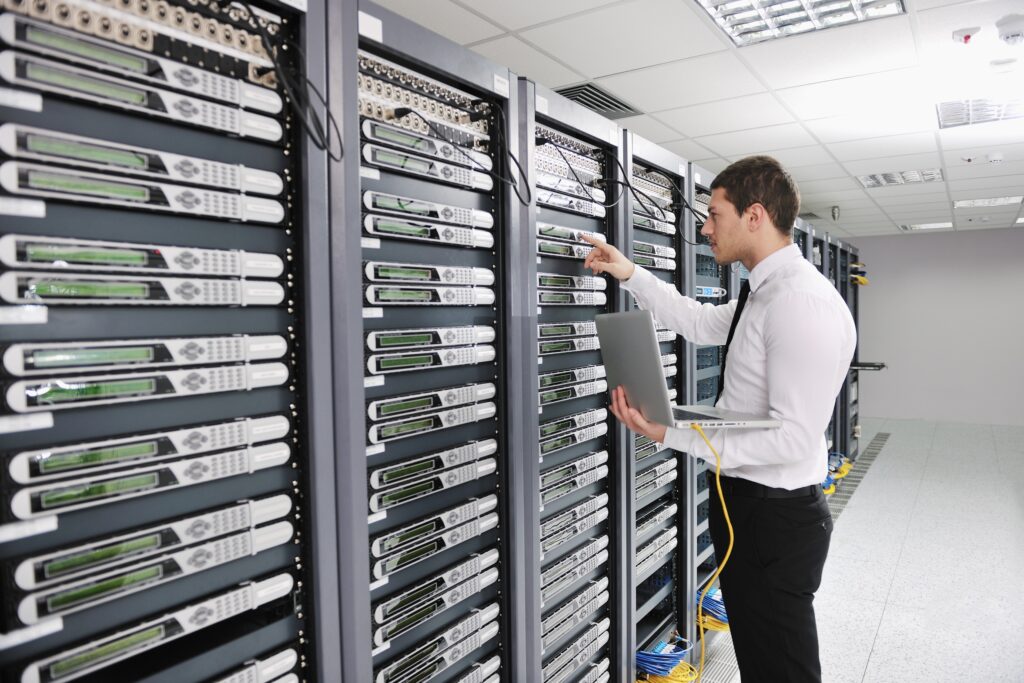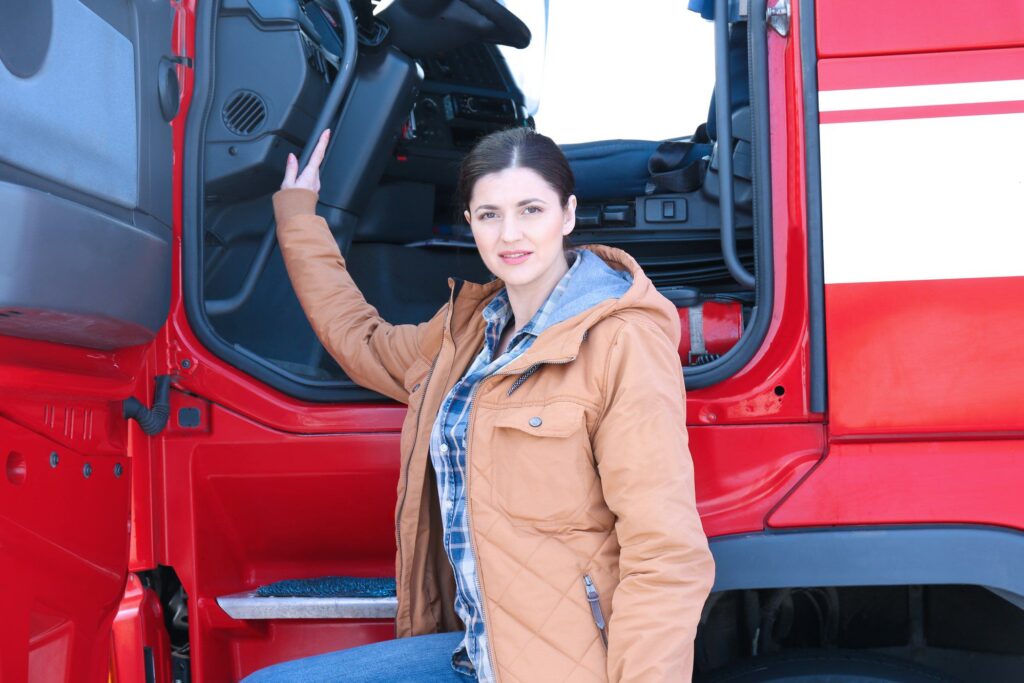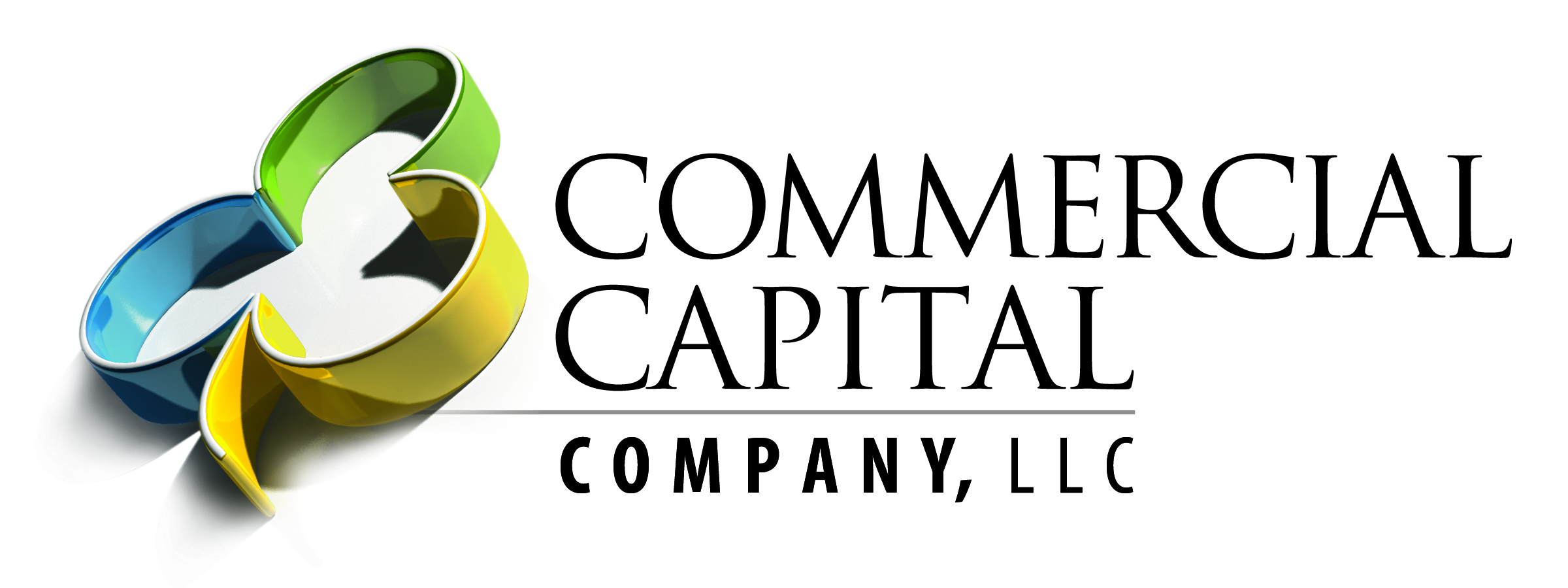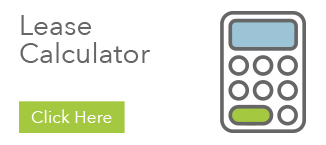What is Section 179?

Section 179 is a tax incentive that allows small businesses to write off the entire purchase price of qualifying equipment in the year it was purchased. The benefits of Section 179 are dramatic for small businesses which use leasing to acquire their equipment. A business may deduct the cost of certain types of property as an expense, rather than requiring the cost of the property to be capitalized and depreciated over time. Section 179 allows businesses to deduct costs of capital assets (like medical, office furniture, tools/machinery, warehouse equipment and even fleet vehicles) right away rather than depreciating them over their useful life. If you lease the purchase of qualifying equipment, you can deduct the full purchase price from your gross income. Businesses use Section 179 to immediately buy necessary equipment, instead of waiting. Small businesses can write-off the entire cost of qualifying equipment on their 2022 tax return.
2022 Deduction Limit = $1,080,000
This deduction is good on new and used equipment, as well as off-the-shelf software. To take the deduction for tax year 2022, the equipment must be financed or purchased and put into service between January 1, 2022 and the end of the day on December 31, 2022.
2022 Spending Cap on Equipment Purchases = $2,700,000
This is the maximum amount that can be spent on equipment before the Section 179 Deduction available to your company begins to be reduced on a dollar-for-dollar basis. This spending cap makes Section 179 a true “small business tax incentive” (because larger businesses that spend more on equipment won’t get the deduction.)
Bonus Depreciation: 100% for 2022
 Bonus Depreciation is offered in 2022 at 100% and generally taken after the Section 179 Spending Cap is reached. The Bonus Depreciation is available for both new and used equipment.
Bonus Depreciation is offered in 2022 at 100% and generally taken after the Section 179 Spending Cap is reached. The Bonus Depreciation is available for both new and used equipment.
From the Small Business Jobs Act of 2010, the Internal Revenue Service (IRS) introduced Section 179 in as an incentive to help small businesses and boost the economy. In a departure from recent years, the bonus depreciation now includes used equipment, as well.
Eligibility
The purchase must be considered “qualified property.” It must be tangible, depreciable, and used in the active conduct of business. Lease options are available for certain types of physical property and even most computer software qualify for Section 179 (see a list of eligible equipment).
Intangible assets like patents or copyrights are not eligible. Buildings and land don’t qualify either, however some equipment attached to a building does.
Improvements made to the interior of nonresidential buildings may be included in Section 179:
• Roofs
• HVAC
• Fire suppression
• Fire monitoring
• Security system
Excluded improvements that do not qualify for Section 179:
• Improvements that increase the size of the building
• Elevators and escalators
• The structural framework of the building
Improvements have to be made after the real property has already been put into service. The deduction doesn’t apply when these improvements are done during the construction of the building or before it has been occupied.
Vehicles that qualify for the full Section 179 deduction:
- Vans that can seat nine or more passengers, such as hotel or airport shuttles
- Vehicles with a fully enclosed driver’s compartment and no seating behind the driver’s seat, such as a cargo van
- Heavy construction equipment
- Tractor-trailers
- Over-the-road tractor trailers
- Ambulances or hearses
- Taxis and other transport vehicles used solely for transportation for hire
- Passenger vehicles modified for business with no personal use
The rules for mixed use are quite specific. Refer to page 6 of the IRS Instructions for Form 2106 to determine the amount allowed to be written off based on the amount of time the vehicle is used for business versus personal use.
 Rules require you to start using the asset in your business to take the deduction. For example, if you purchase a piece of equipment in December of 2021 but don’t start using it until 2022, you will have to wait until 2022 to claim the Section 179 deduction for that asset. This means any equipment purchases must also be installed. Cost of installation may be included in your lease agreement. Simply buying something on December 31 does not allow you to use Section 179.
Rules require you to start using the asset in your business to take the deduction. For example, if you purchase a piece of equipment in December of 2021 but don’t start using it until 2022, you will have to wait until 2022 to claim the Section 179 deduction for that asset. This means any equipment purchases must also be installed. Cost of installation may be included in your lease agreement. Simply buying something on December 31 does not allow you to use Section 179.
Property used outside the United States generally does not qualify for the Section 179 Deduction.
Benefits of Leasing
You may lease equipment to take full advantage of the Section 179 deduction. The benefit to leasing equipment and/or software with the Section 179 Deduction allows you to deduct the full amount of the equipment and/or software without paying the full amount this year.
The amount you save in taxes may in fact exceed the payments which makes this very attractive to the bottom line.
Small businesses manage cash flow by leveraging a non-tax capital lease to minimize out-of-pocket cash, and still take the full Section 179 Deduction.
How to Claim The Tax Deduction
1. Make a qualifying purchase of tangible real property or make qualified improvements to real property.
2. Put the property in service in the year you wish to take the deduction.
3. Follow the instructions and fill out the worksheet on IRS Form 4562.
4. Include Form 4562 with your business tax return.
Discover Your Lease Options
Section 179 deduction can benefit your small business greatly, especially if you decide to purchase needed machinery and equipment before year-end. Consult leasing options with the experts at Commercial Capital to determine which lease program best fits your company’s needs.
Contact Us
13910 W 96th Terrace
Lenexa, KS 66215
Toll Free: (800) 878-8053
Direct: (913) 341-0053
E-mail: sales@ccckc.com



